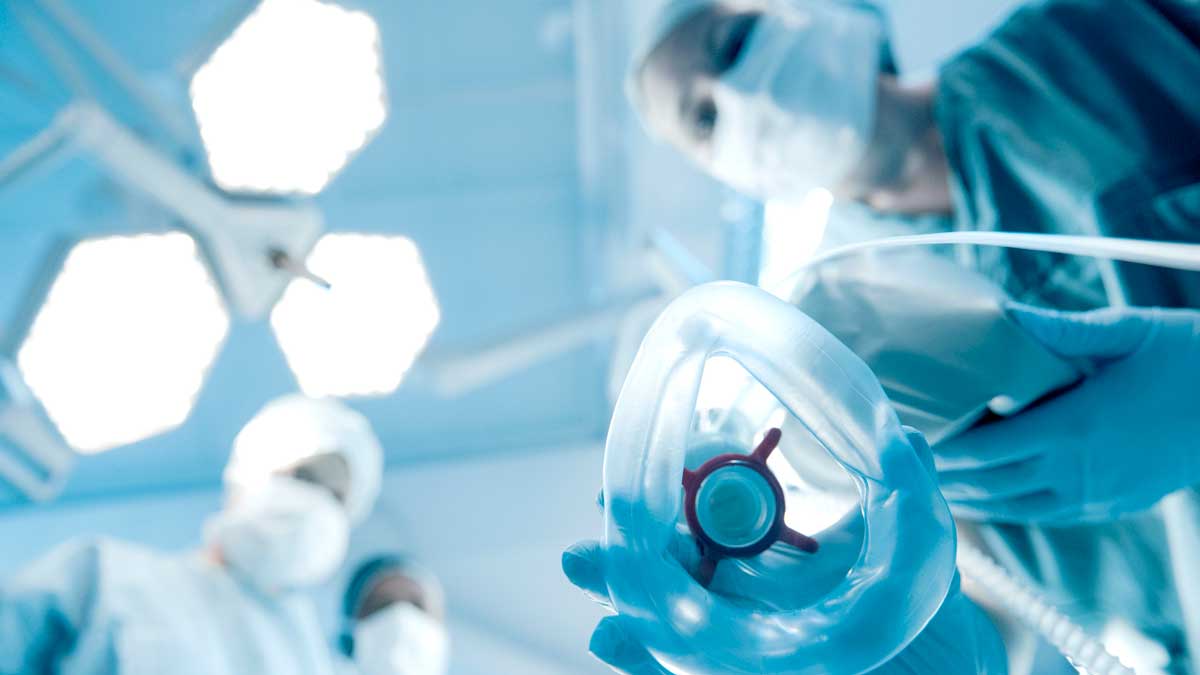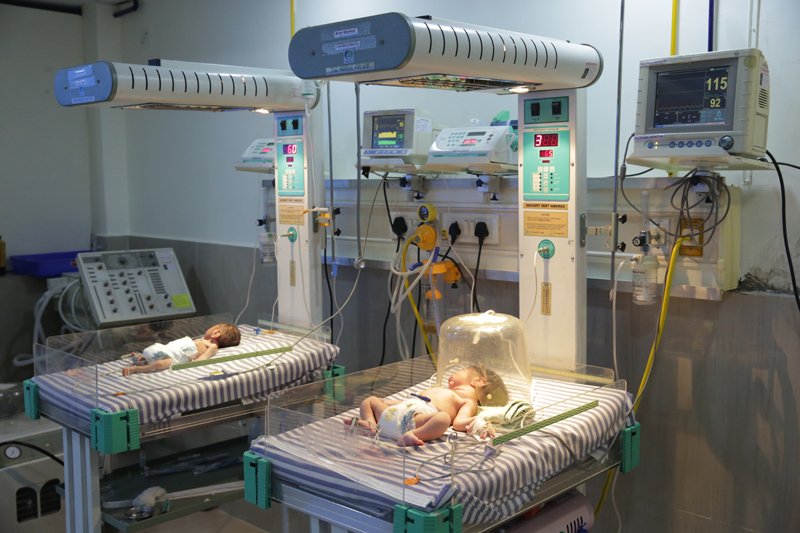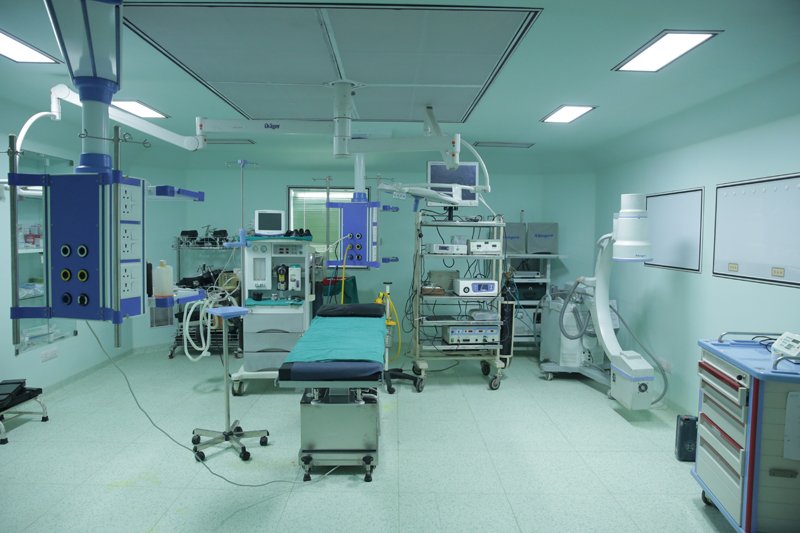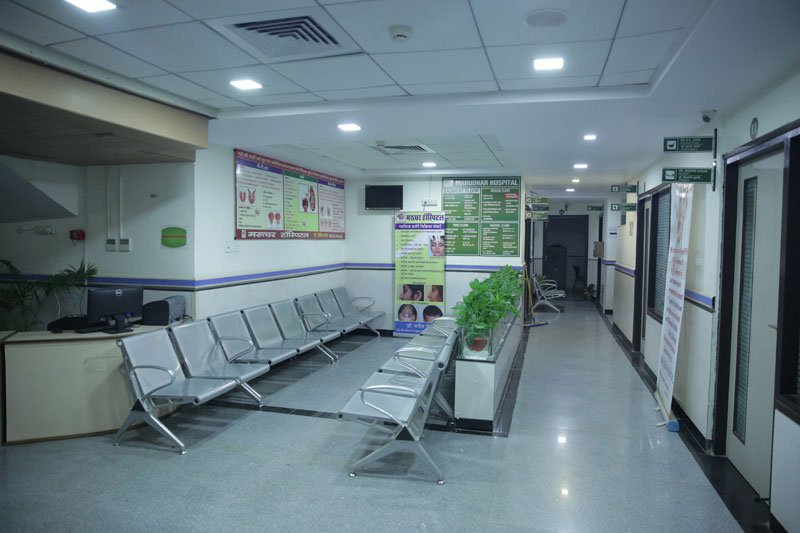- Orthopaedics & Joint Replacement
- Department Of Anaesthesia
- Department of Gastroenterology
- Department of Cardiology
- Department of Plastic Surgery
- Emergency and Trauma Care
- Obstetrics and Gynaecology
- Physiotherapy & Rehabilitation
- Department of Medicine
- Laparoscopic Surgery
- Paediatric Surgery
- Dental Sciences
- Neurosurgery
- Nephrology
- Paediatrics
- Neurology
- Urology
- Ent
- Sunday
- Monday
- Tuesday
- Wednesday
- Thursday
- Friday
- Saturday
+91-8094482221
Emergency Cases
Department Of Anaesthesia

An anaesthetic is used to temporarily reduce or take away sensation, usually so that otherwise painful procedures or surgery can be performed.
There are two types of anaesthetics:
- General, which make the patient unconscious.
- Local, which numb the part of the body that would otherwise feel pain.
Anaesthesia-induced sleep is not the same as ordinary sleep but a form of temporary unconsciousness that is carefully controlled by the anaesthetist. This involves administering the right quantity of anaesthesia for each kind of operation. Throughout the procedure, different types of medicines are added or removed to relieve the pain and maintain the right level of unconsciousness.
For some operations, the best option is to combine a local anaesthetic such as spinal or epidural anaesthesia with medicines to make the patient sleepy. The anaesthetist can explain these details in advance.
Types of Anaesthesia
- High Risk Anaesthesia
- Spinal Anaethesia
- Epidural Anaesthesia
- Regional Anaesthesia
- Painless Surgeries
Result :Relief to patients to avoid painful surgeries & also Relief to Doctors who can perform long surgeries very easily.


DR. VARUN SABOO
PAEDIATRICIAN MBBS,D.C.H

Dr-prateek-vyas
NA

dr-jyotima-saxena
NA

Dr-RK-bhal
NA





























